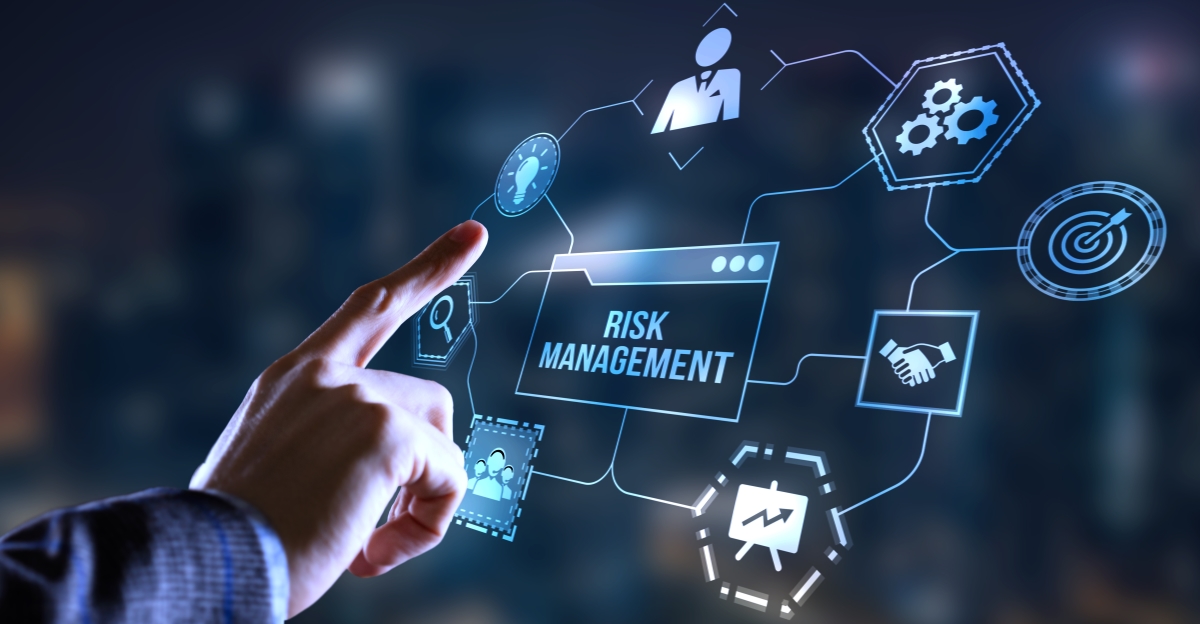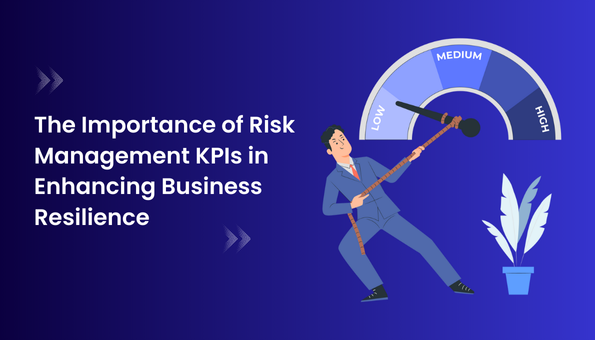A Thorough Guide to Understanding the Importance of Risk Management
A Thorough Guide to Understanding the Importance of Risk Management
Blog Article
Checking out the Relevance of Risk Management for Effective Decision-Making Approaches
In the intricate globe of company, Risk Management emerges as an essential variable in the decision-making process. The capability to recognize possible threats and opportunities, and strategize accordingly, can spell the difference in between success and failure.
Recognizing the Concept of Risk Management
Risk Management, a critical part in decision-making, is often misunderstood or oversimplified. Typically, it describes the recognition, assessment, and prioritization of dangers to minimize, keep an eye on, and control the probability or impact of regrettable occasions. Nevertheless, it's not just about protecting against adverse end results, however likewise concerning identifying prospective possibilities. Risk Management involves organized and regimented strategies, making use of data and insightful analyses. It needs a comprehensive understanding of the organization's context, goals, and the possible threats that could prevent them. From economic unpredictabilities, legal responsibilities, critical Management mistakes, to accidents and natural catastrophes, it addresses various dangers. Significantly, effective Risk Management is not stationary; it's a continual, positive process that evolves with changing conditions.
The Duty of Risk Management in Decision-Making Processes
In the realm of tactical preparation and company operations, Risk Management plays an integral duty in decision-making processes. Risk Management hence ends up being a crucial tool in decision-making, aiding leaders to make educated choices based on a thorough understanding of the risks included. Risk Management offers as a vital element in the decision-making procedures of any type of company.

How Risk Management Boosts Strategic Planning
In the context of strategic preparation, Risk Management plays an essential duty. Starting with the identification of possible dangers, it further reaches the implementation of Risk mitigation measures. The duty of Risk Management is not static yet vibrant, as it requires constant monitoring and adjusting of techniques.
Identifying Prospective Threats

Applying Risk Reduction
Having established the importance of determining prospective dangers, the next step is to discover Risk mitigation. This process includes creating and carrying out techniques to take care of recognized dangers properly. It is a vital aspect of tactical preparation as it enhances decision-making by minimizing potential unfavorable results. Risk mitigation techniques can range from Risk avoidance, Risk transfer, to take the chance of reduction. Each approach needs to be tailored to the details Risk, considering its possible impact and the company's Risk resistance. Additionally, effective Risk reduction requires a deep understanding of the Risk landscape and the prospective effect of each Risk. This understanding makes it possible for companies to focus on risks and allocate sources properly, making sure that one of the most substantial threats are resolved initially.
Tracking and Changing Methods
Though Risk mitigation is an essential action in critical preparation, continuous tracking and adjustment of these techniques is just as vital. This continuous process enables companies to recognize brand-new threats and reassess existing ones, making sure the carried out strategies stay effective in the ever-changing company environment. It also offers an opportunity to assess the success of the Risk Management procedures, permitting modifications to be made where essential, additional enhancing calculated planning. Efficient monitoring and adjustment need using analytics and crucial efficiency indicators (KPIs) to determine performance. These tools give valuable data-driven understandings that can educate critical decision-making. Tracking and changing Risk Management techniques is a critical element for boosting an organization's durability and strategic preparation.
Case Studies: Effective Risk Management and Decision-Making
In the globe of business and money, successful Risk Management and decision-making typically offer as the pillars of flourishing enterprises. These instances highlight the value of astute Risk Management in decision-making processes. These instances highlight the critical function of Risk Management in calculated useful source decision-making.
Devices and Methods for Reliable Risk Management
These devices, such as Risk signs up and warmth maps, help in recognizing and analyzing possible threats. Risk action methods, a vital part of Risk Management, include accepting, avoiding, transferring, or mitigating threats. With these methods and tools, decision-makers can navigate the complex landscape of Risk Management, consequently assisting in informed and efficient decision-making.
Future Patterns in Risk Management and Decision-Making Techniques
As we check out the large landscape of Risk Management, it ends up being apparent that the strategies and tools used today will proceed to progress. Future patterns point in the direction of a raised dependence on technology, with expert system and artificial intelligence playing substantial functions. These technologies will certainly enable companies to anticipate potential dangers with greater accuracy and make even more enlightened choices. Additionally, there will certainly be a growing focus on durability, not simply in handling risks however also in recovering from unfavorable situations. The principle of Risk society, where every member of a company is aware read what he said and included in Risk Management, will certainly acquire extra importance. These fads advertise an even more inclusive and positive strategy towards Risk Management and decision-making.
Verdict

Risk Management thus comes to be an essential device in decision-making, aiding leaders to make educated options based on an extensive understanding of the risks entailed. Risk reduction methods can range from Risk evasion, Risk transfer, to take the chance of decrease (importance of risk management). Reliable Risk mitigation calls for a deep understanding of the Risk landscape and the possible effect of each Risk. Risk reaction strategies, a vital element of Risk Management, involve approving, preventing, moving, or mitigating threats. The idea of Risk culture, where every participant of an organization is aware and included in Risk Management, will acquire much more prominence
Report this page